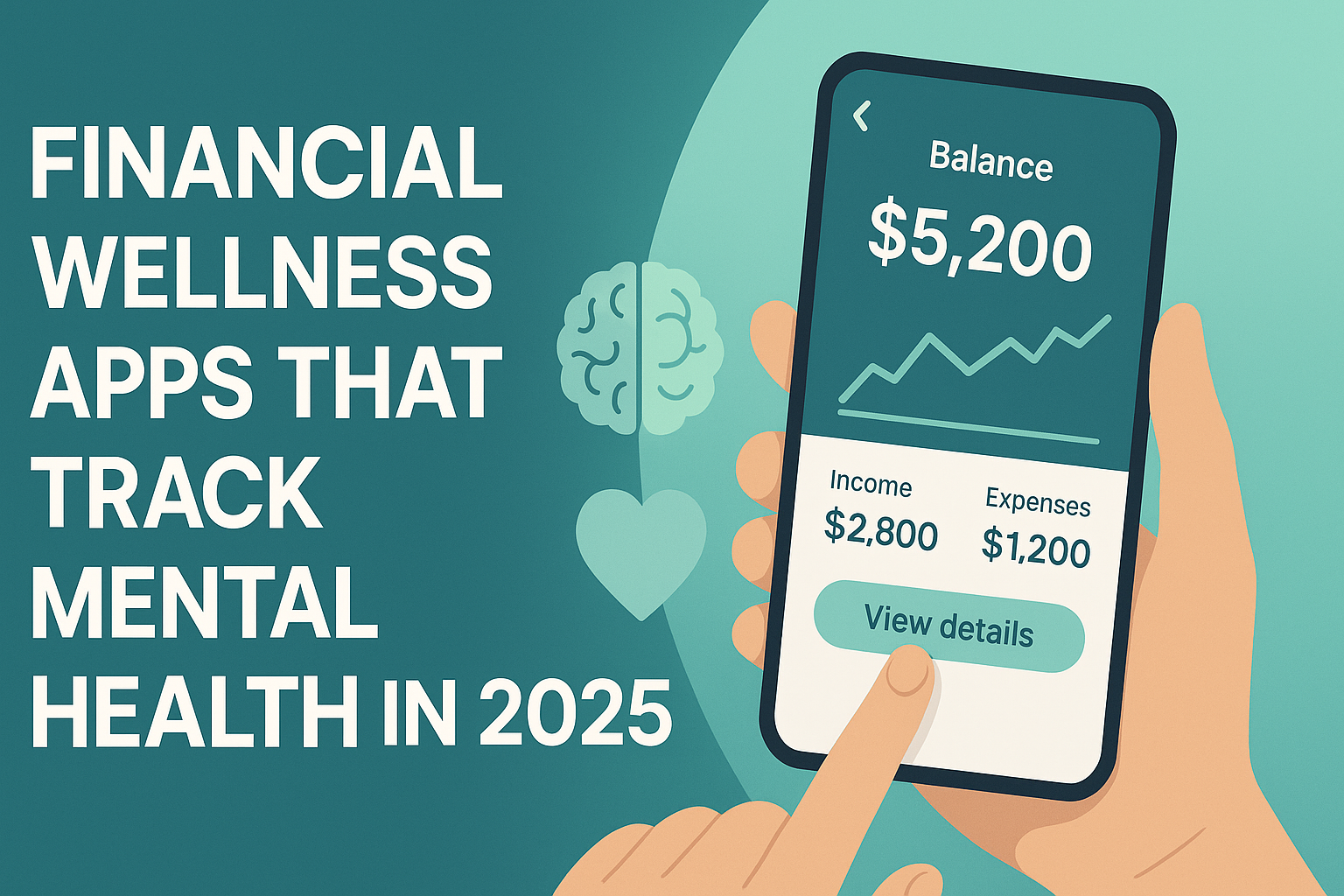Behind the Fed’s cautious tone lies a growing concern: how long can the labor market hold without help from lower interest rates?
The Federal Reserve is once again at the center of America’s financial conversation — not because it raised rates, but because it might not. Amid signs of a cooling labor market and persistent inflation uncertainty, key officials are floating the idea of interest rate cuts in the coming months. While investors and consumers alike wonder what this could mean for borrowing costs, housing, and market stability, the real story here is about timing, trust in the data, and the Fed’s dual mandate.
What happens next could impact everything from your mortgage rate to the value of your retirement portfolio. Let’s unpack the debate inside the central bank — and what’s at stake for your financial life.
Background & Context: Why Rate Cuts Are Back on the Table
The U.S. inflation rate recently clocked in at 2.4% year-over-year — not insignificant, but far below the crisis peaks of 2022–23. While some still argue for caution, others within the Fed are increasingly concerned about risks on the other side of the ledger: job creation and economic momentum.
This conversation comes after years of aggressive tightening intended to tame inflation. But now, with employment growth showing signs of fatigue and supply chain pressures easing, some Fed leaders believe it’s time to adjust course — or at least prepare to.
Governor Michelle Bowman and Fed Governor Christopher Waller have both voiced openness to rate cuts if labor trends weaken further. Their rationale: inflation has been more contained than expected, and the cost of waiting may be too high if job losses mount.
Deep-Dive Analysis
Impact on Homeowners and Real Estate
If you’re a homeowner — or aspiring to be one — this rate debate directly affects your financing decisions.
- Mortgage rates, which loosely follow the Fed’s benchmark, have remained elevated for over a year. A rate cut could ease the pressure, unlocking refinancing opportunities and improving affordability.
- Variable-rate mortgage holders could see lower monthly payments if cuts materialize.
- On the flip side, housing demand may spike again, particularly in tight markets, pushing home prices up and complicating entry for first-time buyers.
The Fed’s next move could create a short window where refinancing or locking in a fixed rate becomes more attractive. Stay alert.
Impact on Investors & Savers
For savers, lower interest rates usually mean lower returns on cash accounts and CDs. However, with inflation slowing, real yields may still remain positive — especially in products like Treasury Inflation-Protected Securities (TIPS).
For investors, the picture is more nuanced:
- Growth stocks (especially in tech) often benefit from falling rates, as future earnings become more valuable in discounted cash flow models.
- Dividend stocks and REITs may see renewed interest if borrowing becomes cheaper.
- Bond prices tend to rise when rates fall, so long-duration bonds might gain.
But not everyone is convinced. Some Fed members, like Richmond Fed President Thomas Barkin, argue that inflation has not yet convincingly hit the 2% target, and premature cuts could reignite price pressures. Expect markets to remain sensitive to every Fed statement for the next few quarters.
Impact on Jobs & Consumers
The labor market — long the crown jewel of the post-pandemic recovery — is flashing yellow.
- Hiring has slowed in several sectors, particularly retail, manufacturing, and logistics.
- Wage growth is flattening, especially among lower-income workers.
- Consumer confidence dipped in recent surveys, tied to uncertainty over both job prospects and borrowing costs.
A rate cut could extend the economic cycle by lowering business costs and making credit more accessible. But it also signals that the Fed sees real downside risks ahead — and that itself can shape consumer behavior.

Actionable Takeaways & Key Insights
- Watch the July FOMC meeting closely: Any dovish language could signal an imminent shift — especially if labor data weakens further.
- Refinance proactively: If you’re holding a mortgage above 6.5%, rate cuts could present a window to lower your payments.
- Tilt portfolios toward rate-sensitive sectors: Tech, utilities, and real estate may outperform if cuts occur.
- Be cautious with fixed-income savings: Certificates of deposit (CDs) and high-yield savings accounts may become less attractive.
- Keep cash flow flexible: If layoffs pick up, having liquidity — and low debt burdens — can offer peace of mind.
Conclusion & Call to Action
The Fed is walking a tightrope: inflation has cooled, but growth is wobbling — and the job market might not wait. Rate cuts are back on the table, not because the Fed wants to stimulate wildly, but because it may soon have to cushion a softer landing.
Whether you’re a borrower, saver, investor, or simply someone navigating life amid economic shifts, this debate matters. And as always, the smartest moves come from watching closely and thinking long-term.
Stay tuned to The Evolving Post for more smart, actionable updates that impact your money and your future — because understanding the system is the first step to changing your financial story.
While this analysis is based on thorough research, it is for informational and educational purposes only and should not be considered financial advice.








